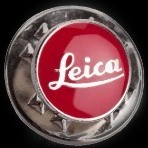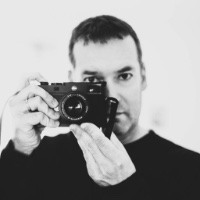M10 Monochrom Highlight Recovery question
-
Recently Browsing 0 members
- No registered users viewing this page.
-
Similar Content
-
- 6,025 replies
- 561,753 views
-
- 1 reply
- 865 views
-
- 32 replies
- 4,010 views
-
- 56 replies
- 4,919 views
-
- 10 replies
- 470 views
-





Recommended Posts
Join the conversation
You can post now and register later. If you have an account, sign in now to post with your account.
Note: Your post will require moderator approval before it will be visible.